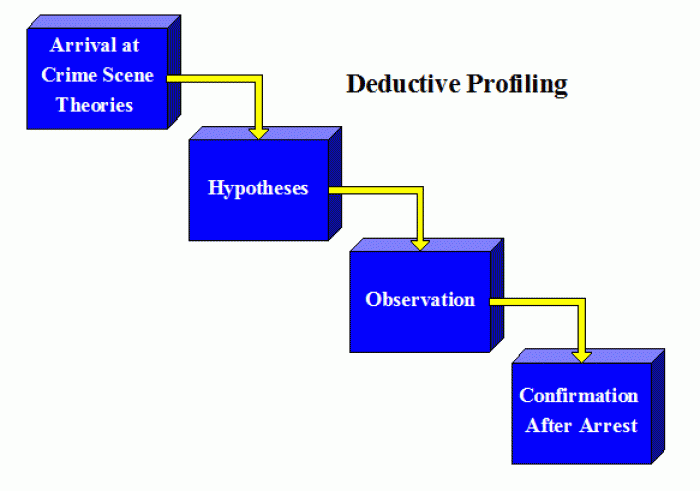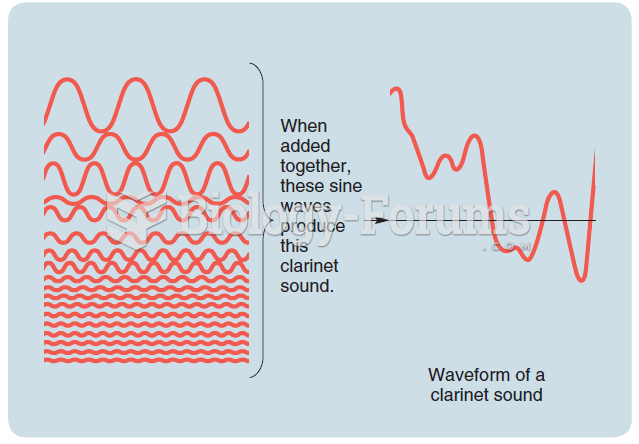Refer to Additional Case 1.1. Caplin's discussion of costs, quality, and capabilities shows that the firm is trying to address the:
Additional Case 1.1
Managers at Caplin Company are having a strategic planning session with the director of HR. They are discussing the fit between the company's overall management philosophy, organizational structure, organizational culture, and the firm's current HR strategies. During the meeting, the management team asks the HR Director for a profile of the current workforce. The HR Director reports that the workforce used to be 85 white, 50 male. Now it is 50 white, 50 minority with twice as many women as men. Supervisors still tend to be white males.
The management team discusses how to control costs, improve quality, and create distinctive capabilities. Several ideas are raised, discussed, and tabled; some topics are assigned to an individual for further exploration. Managers comment that some workers arrive at start time, take 30 minutes before initiating any work, and begin to pack up for the day 30 minutes before quitting time. Managers also indicate that employees do not seem concerned about working hard or about building quality products.
As the meeting draws to a close, the team briefly discusses the firm's commitment to the surrounding community. As a cost-cutting measure, the firm eliminated its support of an adult literacy program last year. Company facilities were used for conducting reading classes. The management team decides that the firm should reinstate the program and appoints the HR Director to notify the local literacy council.
A) organizational challenge of competitive position.
B) environmental challenge of rapid change.
C) individual challenge of matching workers with jobs.
D) market challenge of changing customer needs.
Question 2
Refer to Additional Case 1.1. The change in the workforce at Caplin is an example of the environmental challenge of:
Additional Case 1.1
Managers at Caplin Company are having a strategic planning session with the director of HR. They are discussing the fit between the company's overall management philosophy, organizational structure, organizational culture, and the firm's current HR strategies. During the meeting, the management team asks the HR Director for a profile of the current workforce. The HR Director reports that the workforce used to be 85 white, 50 male. Now it is 50 white, 50 minority with twice as many women as men. Supervisors still tend to be white males.
The management team discusses how to control costs, improve quality, and create distinctive capabilities. Several ideas are raised, discussed, and tabled; some topics are assigned to an individual for further exploration. Managers comment that some workers arrive at start time, take 30 minutes before initiating any work, and begin to pack up for the day 30 minutes before quitting time. Managers also indicate that employees do not seem concerned about working hard or about building quality products.
As the meeting draws to a close, the team briefly discusses the firm's commitment to the surrounding community. As a cost-cutting measure, the firm eliminated its support of an adult literacy program last year. Company facilities were used for conducting reading classes. The management team decides that the firm should reinstate the program and appoints the HR Director to notify the local literacy council.
A) decentralization.
B) skill shortages.
C) workforce diversity.
D) rapid change.







